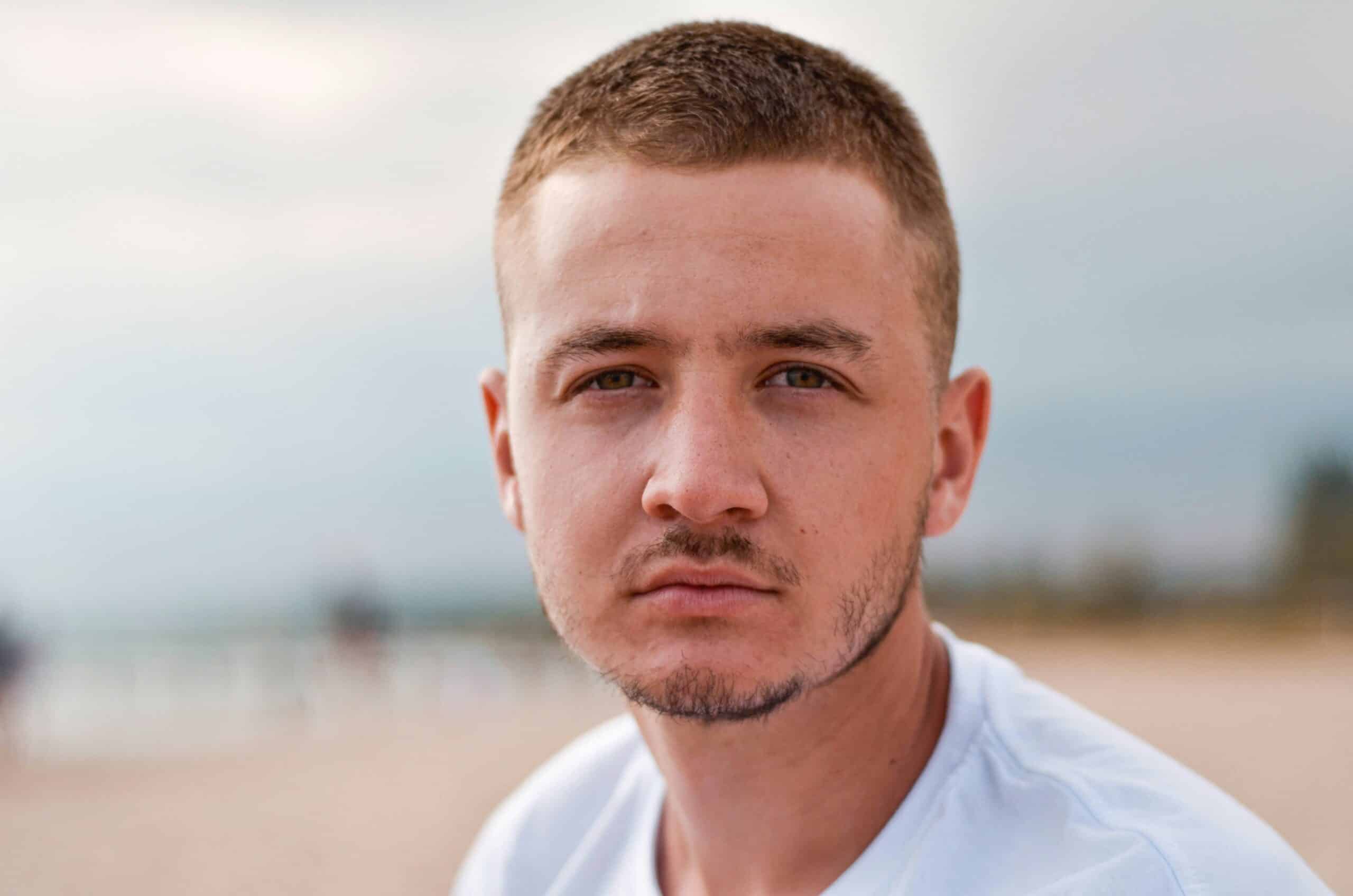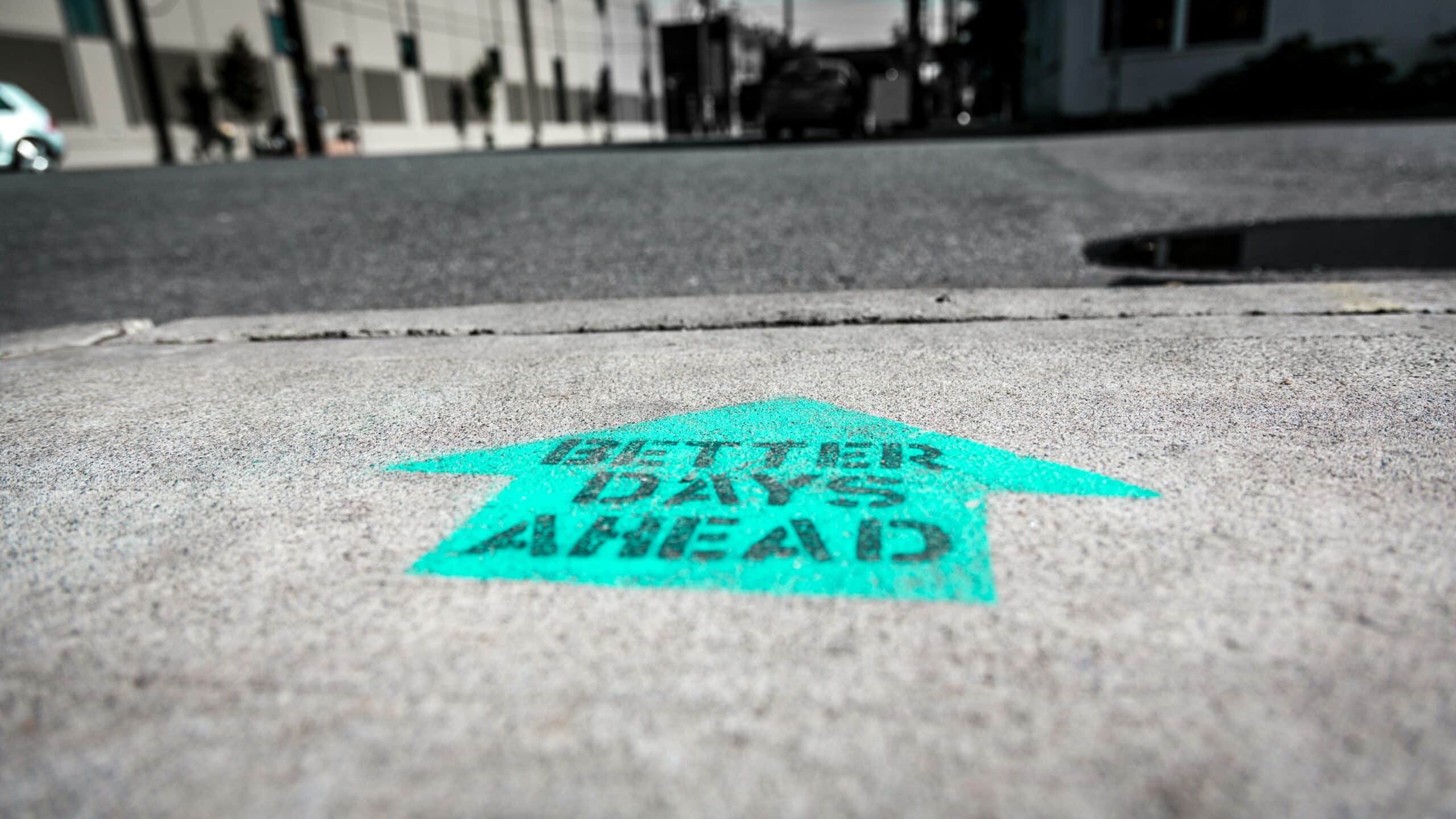For people with substance use disorder (SUD), this therapy may be more relevant than ever.
Contingency management (CM) sounds like a class you might take as an undergraduate business major. But in fact it’s a type of therapy that produces exciting and significant results for those in addiction.
With this post I will explain what it is, how it is best applied, and why it deserves a more prominent place in the addiction treatment world.
Intuitive and effective therapy
CM is a type of behavioral therapy that rewards good behaviors—such as providing a clean urine sample or consistently showing up for outpatient counseling sessions—with incentives such as cash, prizes, or vouchers.
The theory comes straight out of operant conditioning theory: Do something good, and get rewarded/reinforced for it, with the idea that behaviors that are rewarded are more likely to continue. Simple as that. It’s intuitive, which is why it works. It’s the same theory behind employers giving bonuses to top performing employees, or parents giving an allowance to children who complete their chores without being asked.
In the substance use disorder (SUD) world, you usually see CM in the outpatient setting rather than residential care. It fits better in that environment, for various reasons. A simple example of how it’s done: When a person shows up for outpatient therapy sober and on time, he or she picks a piece of paper out of a jar that lists a money reward, prize, or even a printed message such as “Great work today—thanks for coming!”
No surprise, research has shown that larger incentives tend to work better than smaller ones, but that runs into one of the main drawbacks of CM. Many health insurance plans and federally funded treatment programs consider these rewards as kickbacks, and therefore unlawful. So with CM, there is sometimes tension between what’s effective and what’s legal: when incentives get too high, that becomes problematic.
Early applications of CM
In the 1960s, CM was often used as a treatment to help people quit smoking. If you went a week without a cigarette, you got a prize. If you went two weeks, you got another prize. In health clinics where it was used, CM was largely successful in getting people to quit.
In the 1990s, CM gained some traction as therapy for people addicted to cocaine, often using a variation of CM called voucher-based reinforcement (VBR). With VBR, the value of the first few voucher rewards is low, but it builds up over time. Eventually, patients would be able to exchange the vouchers for desirable items, food, or activities. Again, CM worked well for cocaine users—and in fact still does. The therapy is just not very widespread.
Where we are with CM today
CM is used to treat a variety of addictive substances, including methamphetamines, which are often called the cocaine of the 21st century. More broadly, the best niche for CM seems to be with SUDs involving cannabis, cocaine, methamphetamines, and others that have no approved medication-assisted treatments (MATs) associated with them. (Common MATs include Suboxone, Methadone, and Naltrexone.)
Interestingly, one sector where CM has gained wide acceptance is within the Department of Veterans Affairs (VA) health system nationwide.
CM may also be effective for people with co-occurring disorders, which is when a person has both a substance use disorder (SUD) and a mental illness such as depression or PTSD. In a 2014 study published in the Journal of Dual Diagnosis, patients with a co-occurring disorder (also known as dual diagnosis) who had CM therapy as part of their treatment protocol attended outpatient treatment sessions 50 percent more often over six weeks than did patients who weren’t getting supplemental CM therapy.
“Exposure to contingency management increases retention in treatment, which in turn contributes to increased drug-free days,” concluded the researchers.1
Deep dive: An example of how CM works in practice
A common type of CM makes use of prize incentives. As described in a 2018 summary by the National Institute on Drug Abuse (NIDA), here’s the standard setup for this form of therapy:
“Over the course of the program (at least 3 months, one or more times weekly), participants supplying drug-negative urine or breath tests draw from a bowl for the chance to win a prize worth between $1 and $100. Participants may also receive draws for attending counseling sessions and completing weekly goal-related activities.”
“The number of draws starts at one and increases with consecutive negative drug tests and/or counseling sessions attended, but resets to one with any drug-positive sample or unexcused absence.”
Concludes the NIDA report: “The practitioner community has raised concerns that this intervention could promote gambling—as it contains an element of chance—and that pathological gambling and substance use disorders can be comorbid. However, studies examining this concern found that Prize Incentives CM did not promote gambling behavior.” 2
Those italics are mine! I want to emphasize that the feared gambling side effect people talk about has not been borne out by research.
My take on CM
CM has its detractors, and likely always will, and I understand where these experts are coming from. I already mentioned the kickback problem, which is a legitimate concern, though not a dealbreaker in my opinion. Other frequent “cons” that you hear about CM are that it’s too expensive, it doesn’t address the root cause of the addiction, and (as mentioned above) that it encourages gambling. Please know that I have answers for all those drawbacks, but don’t have the space to get into them here.
The bottom line for me: Contingency management therapy has never received the attention or credit it deserves, given its effectiveness. Especially when administered in tandem with other forms of therapy, it gets consistent, measurable results. Therefore, in the outpatient setting at minimum, it deserves a prominent place on the menu of therapeutic offerings for people dealing with SUD.
Addiction Treatment at Lakeview Health
If you or a loved one is struggling with a substance use disorder, contact Lakeview Health today. Our team is ready to help with the admissions process and begin addiction treatment.




